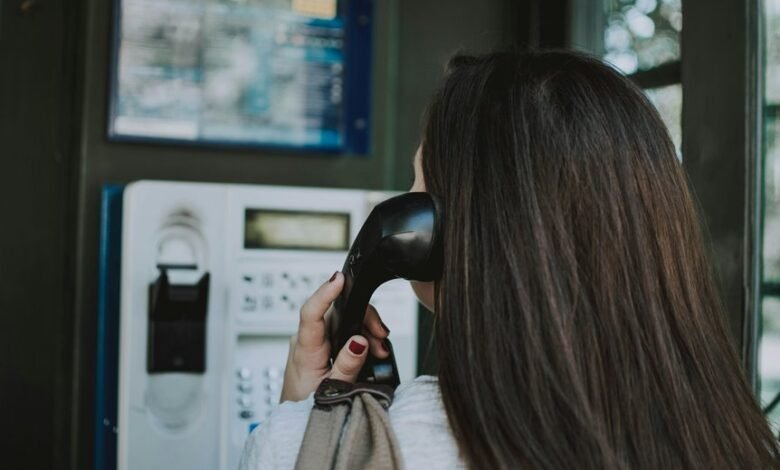77914933 Call Reattempt Ratio in Urban Regions

The 77914933 call reattempt ratio serves as a critical indicator of telecommunication reliability in urban environments. High reattempt ratios often reflect underlying issues such as network congestion and inadequate infrastructure. These challenges disrupt communication, impacting both personal and professional interactions. Understanding the factors that contribute to these elevated ratios is essential. What specific strategies can be implemented to enhance connectivity and address these persistent issues?
Understanding the 77914933 Call Reattempt Ratio
Although the concept of call reattempt ratios may seem straightforward, the specific metric of 77914933 reveals intricate dynamics within urban telecommunication networks.
This ratio highlights distinct call patterns indicative of urban connectivity challenges. By analyzing the frequency of reattempts, stakeholders can gain insights into user experiences, network reliability, and the overall effectiveness of telecommunications infrastructure in densely populated environments.
Factors Influencing Call Reattempts in Urban Areas
Call reattempts in urban areas are influenced by a variety of interconnected factors that reflect the complexities of modern telecommunications.
Urban congestion often leads to overwhelmed networks, exacerbating call failures. Additionally, technology limitations, such as outdated infrastructure and insufficient bandwidth, hinder seamless connectivity.
These elements collectively contribute to higher call reattempt ratios, highlighting the need for improved urban telecommunications strategies.
Impacts of High Call Reattempt Ratios on Communication
Increased call reattempt ratios can significantly disrupt communication dynamics within urban environments, leading to frustration among users and inefficiencies in information exchange.
This phenomenon contributes to communication breakdowns, undermining urban connectivity. As individuals struggle to establish reliable connections, the overall effectiveness of communication networks deteriorates, ultimately affecting social interactions and professional collaborations in densely populated areas where seamless communication is essential.
Strategies for Improving Telecommunication Reliability
The challenges posed by high call reattempt ratios necessitate the exploration of effective strategies to enhance telecommunication reliability in urban areas.
Key strategies include network optimization through advanced algorithms and infrastructure upgrades, which improve capacity and reduce congestion.
Prioritizing user experience is essential, as seamless connectivity fosters trust and satisfaction among users, ultimately leading to lower reattempt ratios and improved communication efficiency.
Conclusion
In the intricate tapestry of urban communication, the 77914933 call reattempt ratio serves as a stark reminder of the challenges faced within congested networks. The echo of failed connections reverberates through both personal and professional realms, casting a shadow over essential interactions. As cities pulse with life, the urgent need for infrastructure revitalization and optimization becomes apparent. Addressing these vulnerabilities is not merely a technical necessity, but a vital step towards restoring the seamless flow of human connection in our modern world.




